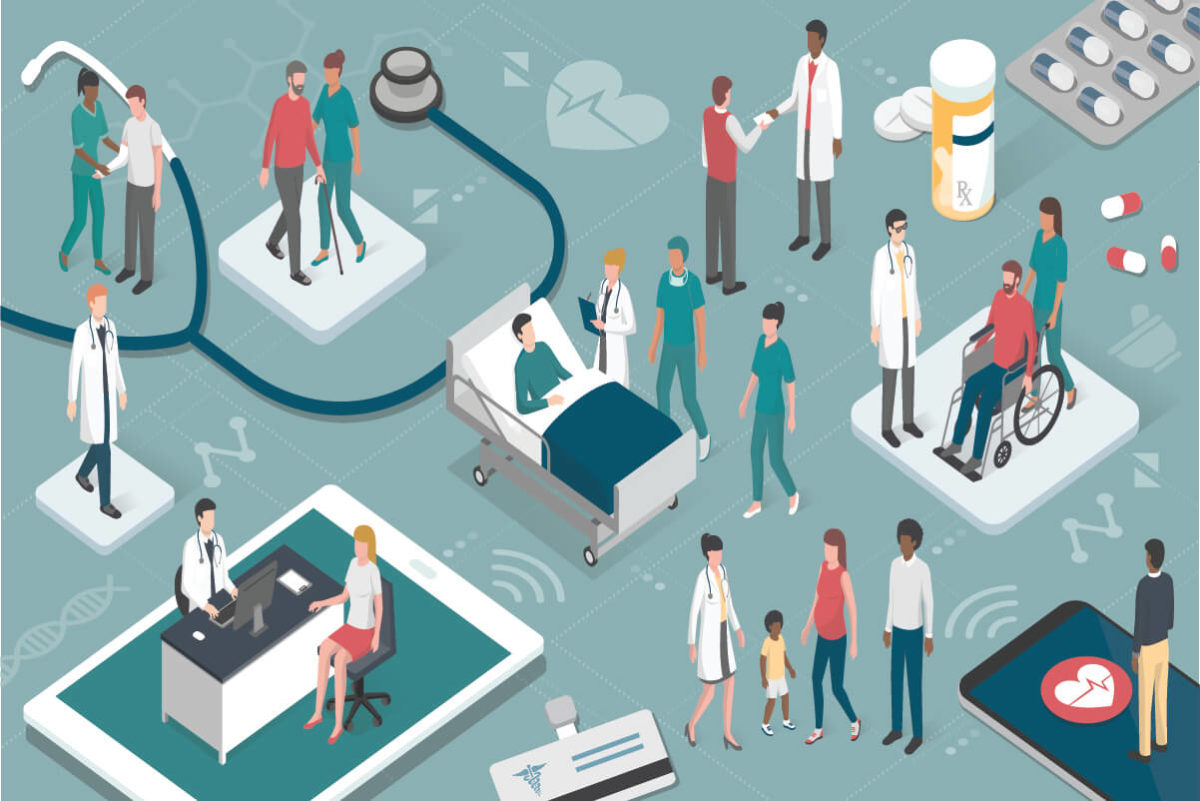The Importance of User-Centered Design in Healthcare Technology

Are you interested in improving the design of medical devices? If so, you’ll want to learn about user-centered design. Here’s a look at this process, how it goes hand-in-hand with usability testing, and how it can benefit healthcare technology.
User-Centered Design for Medical Devices
Have you ever used a medical device that was difficult to navigate or not user-friendly? You’re not alone. Many people have experienced frustration with medical devices, which can lead to errors and decreased patient satisfaction. User-centered design puts the focus on the user (in this case, patients and healthcare professionals) and their needs, preferences, and limitations during the design process. This approach aims to create medical devices that are intuitive, effective, and safe to use.

The process of user-centered design involves several steps, including user research, prototyping, and testing. In the user research stage, designers collect information about the needs, preferences, and limitations of the device’s potential users. This information is then used to create prototypes, which are versions of the device that are still in development. These prototypes can be tested with users to gather feedback and identify areas for improvement.
Usability Testing and User-Centered Design
Usability testing is an important aspect of user-centered design. This involves testing the device with users to identify any usability issues, such as confusing menus or buttons, that could lead to errors or difficulty using the device. By identifying and addressing these issues during the design process, developers can create medical devices that are more user-friendly and safer to use.

The goal of usability testing is to ensure that the device is easy to learn, remember, and use, even by users who may not have extensive training or experience with the device. This can help reduce errors, improve patient safety, and increase user satisfaction.
How User-Centered Design Benefits Healthcare Technology
User-centered design can benefit healthcare technology in several ways. First, it can improve patient safety by reducing errors and ensuring that devices are intuitive and easy to use. In addition, it can increase user satisfaction, which can lead to better compliance with treatment protocols and improved patient outcomes.
Furthermore, user-centered design can lead to more efficient and effective healthcare technology. By focusing on the user’s needs and limitations, developers can create devices that are better tailored to the healthcare setting and that can help healthcare professionals work more efficiently and effectively. This can ultimately lead to better patient outcomes and improved healthcare overall.
The Importance of Healthcare Marketing
Now that we’ve explored how user-centered design can benefit healthcare technology, let’s take a look at why healthcare marketing is important. Marketing is often associated with promoting products or services, but in healthcare, it can also be used to promote health and wellness.

Healthcare marketing can help raise awareness about important health issues, promote healthy behaviors and lifestyles, and educate patients about available treatments and resources. By doing so, healthcare marketing can help improve public health, reduce healthcare costs, and improve patient outcomes.
User-Centered Design and Ethnographic Research
User-centered design can be enhanced by ethnographic research. Ethnographic research involves observing and studying people in their natural environment to gain a deeper understanding of their needs, preferences, and behaviors. This information can then be used to inform the design of medical devices.

For example, if a device is intended for use in a hospital setting, designers could observe healthcare professionals as they work and identify areas where the device could be helpful or where it could be a hindrance. This information can then be used to create a more effective device that is better suited to the hospital environment and the needs of healthcare professionals.
Conclusion
User-centered design is an important process for creating medical devices that are safe, effective, and user-friendly. By focusing on the user’s needs, preferences, and limitations during the design process, developers can create devices that are better tailored to the healthcare setting and that can ultimately help improve patient outcomes. Usability testing and ethnographic research can enhance the user-centered design process and ensure that devices are truly optimized for their intended users. By combining user-centered design with effective healthcare marketing, we can promote health and wellness, raise awareness about important health issues, and improve the overall quality of healthcare.

Source image : creanova.com

Source image : www.pinterest.com

Source image : infographicnow.com
Source image : news.avancehealth.com

Source image : levohealth.com







